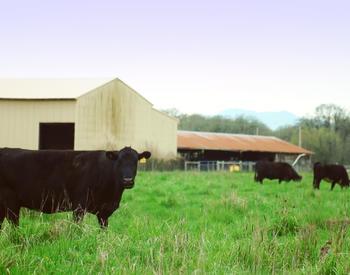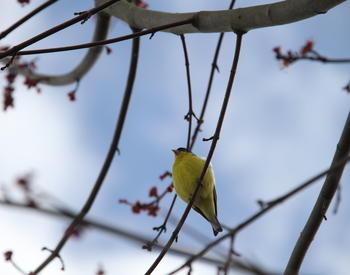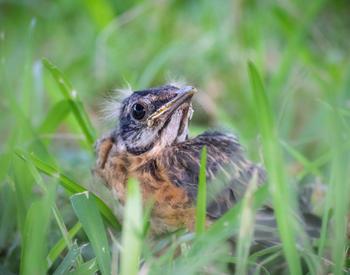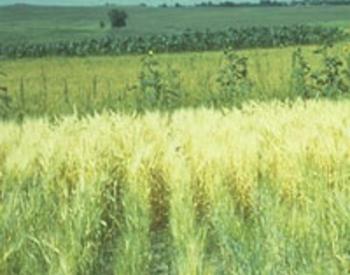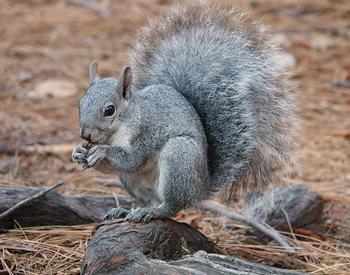Transcript
Welcome to living on the land, an award-winning source of useful information for Eastern Oregon Country living, brought to you by your Oregon State University Extension Service. Mice, moles, Gophers and voles. All of these little creatures can be a big headache for farmers and gardeners. Anyone who grows A crop knows the damage these pesky rodents can cause. So how can you control them? We've all heard of the conventional methods, traps, poison baits, or destruction of their tunnels. But these techniques are difficult and costly and can harm innocent animal bystanders. What land managers call non target species. Many people are seeking alternative, more environmentally friendly methods of rodent control. One excellent option in areas of large rodent populations is to attract to their natural predators. Raptors are a group of predatory birds, including owls, Hawks, Eagles and Falcons. These birds often prey upon rodents. Raptors alone won't completely eliminate A rodent problem. But attracting them as part of an integrated pest management strategy can reduce the cost of conventional control methods. And it's a rewarding, environmentally friendly way to reduce rodent populations. There are many important and useful birds. Of prey in Oregon. Two of the best for controlling rodents on agricultural lands are barn owls and kestrels. Kestrels hunt by day. And barn owls hunt at night. The American kestrel is the smallest Falcon in North America, about the size of a morning dove. It has a diverse diet, but its favorite foods are rodents and insects. Be aware that it also eats small birds, so if you're attracting songbirds to your land, kestrels are not the best choice. Kestrels readily take to nest boxes, but they're highly territorial. Be sure to place nest sites at least a half a mile apart. The barn owl is sometimes called the cat with wings. This beneficial bird dines on rodents, particularly Gophers, mice and voles. Barn owls are about the size of a small cat, but only weigh about a pound. A family of barn owls eats about 3000 Gophers each year. Adults can catch and eat up to a dozen Gophers per night while brooding between March and July. Barn owl wings have soft, fringe edged feathers and a slow, silent flight that makes them especially efficient at catching unsuspecting rodents. Barn owls have adapted to man-made structures like barns, attics, silos and nest boxes. They don't have strong territorial instincts and sometimes even nest in colonies. So you can put up your barn owl nest boxes as close as several yards apart, and barn owls won't harm game birds like pheasants or quail and aren't a threat to chickens or cats. Listen to our next episode to find out how to manage your land to attract. These feathered rodent killers. This has been. Another story from living on the land. For more information on attracting birds of prey for rodent control, contact your local OSU extension agent, Natural Resources Conservation service or soil and Water Conservation district. Technical and financial assistance is available for land owners wishing to address resource concerns on their property.
This podcast is part of the Living on the Land series. It provides concise information on the value to farmers and ranchers of barn owls and American kestrels for rodent control, and ways to help build up local populations of these birds.
This is from the Living on the Land series. Download the related PDF - Living on the Land: Attracting Birds of Prey for Rodent Control
The phrase “Living on The Land” is used with permission from Living on The Land Stewardship for Small Acreage, © 2008, UNCE/WSARE.




